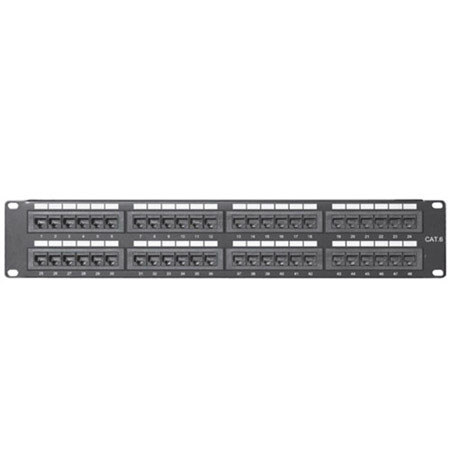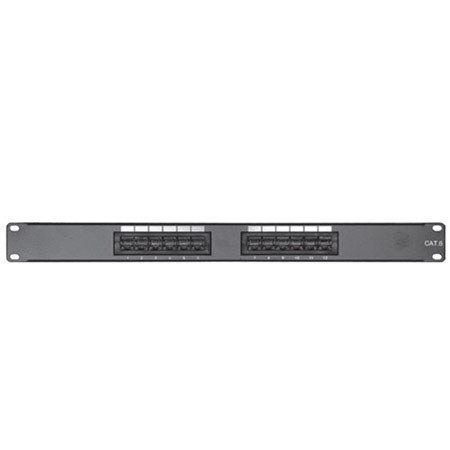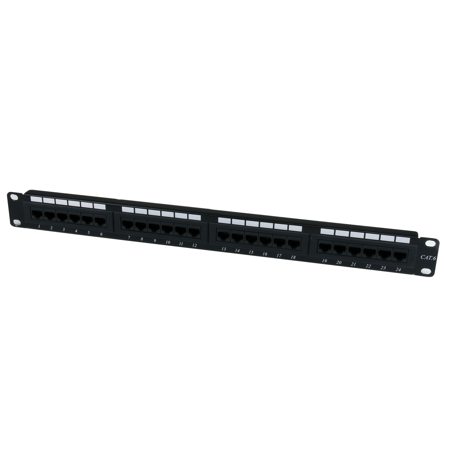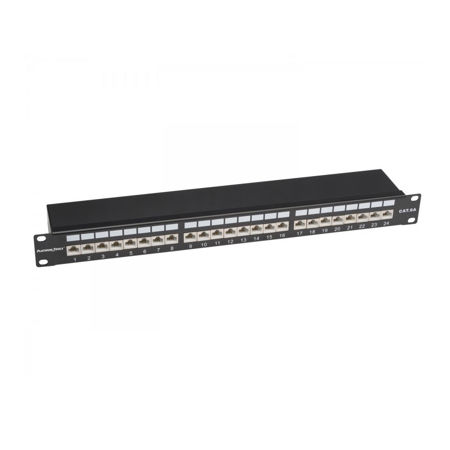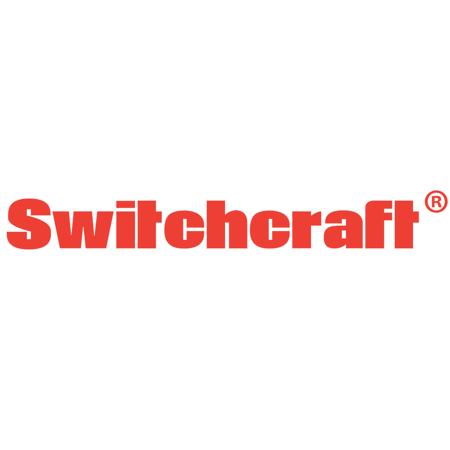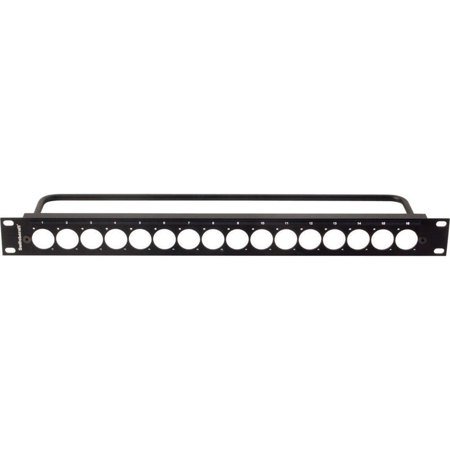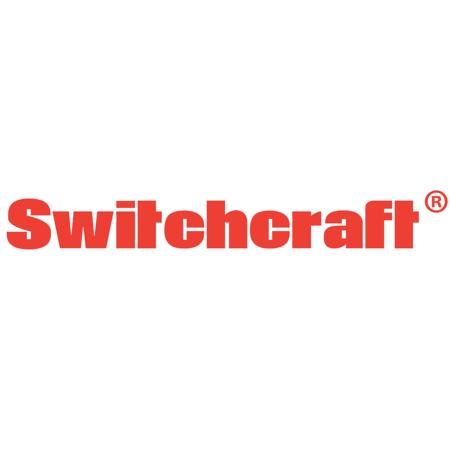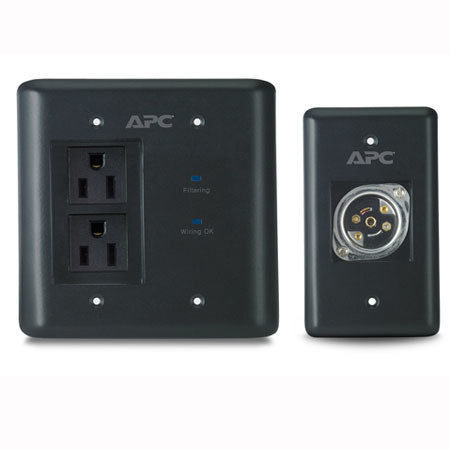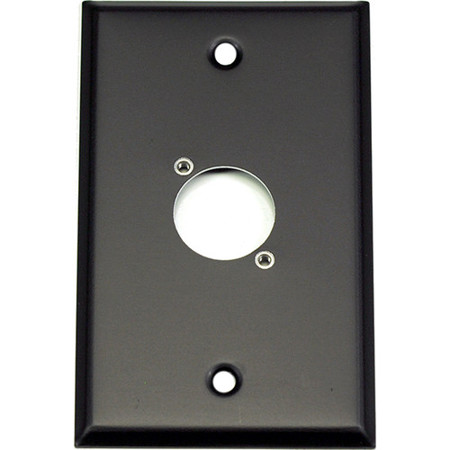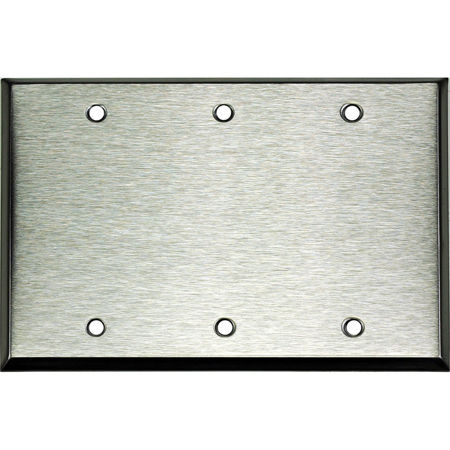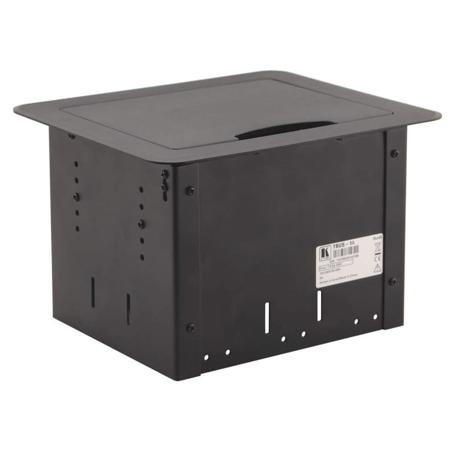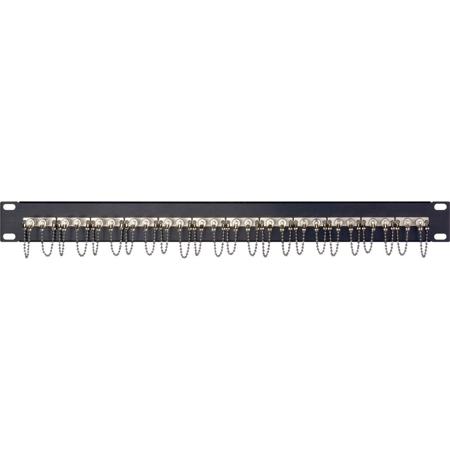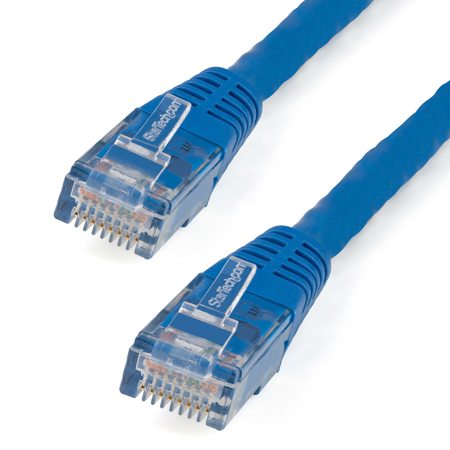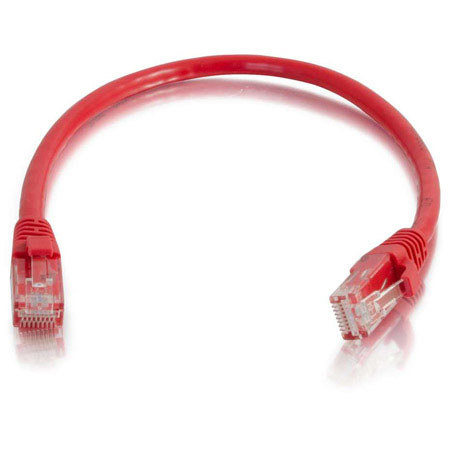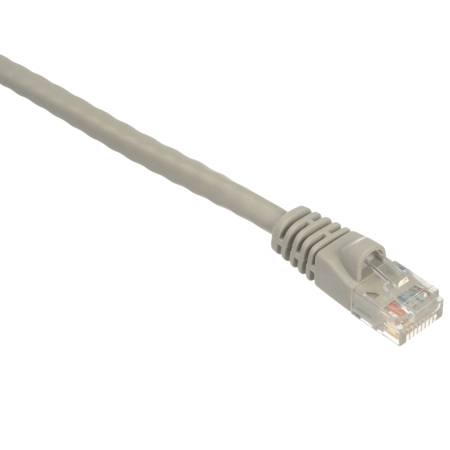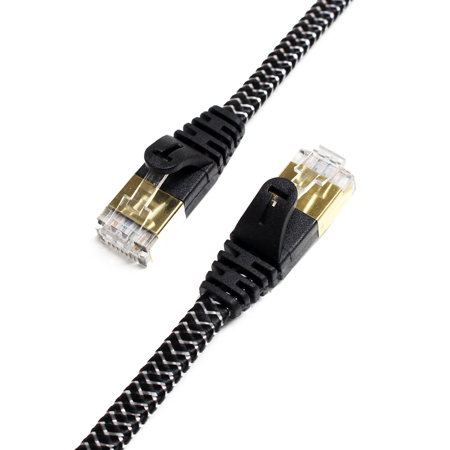Cat6 Patch Panels
As the digital landscape continues to evolve, the demand for robust and reliable networking solutions becomes paramount, especially in environments where the transfer of large volumes of data is a daily routine. Cat6 patch panels are essential components in the organization and management of network cables, ensuring that your connection remains streamlined and secure. These panels are not only pivotal in commercial settings but have also found a significant place in residential setups, particularly as more individuals embrace smart home technologies. Opting for a Cat6 patch panel for home use can dramatically enhance your network's efficiency, providing a centralized point for all your cabling needs while supporting high-speed Ethernet standards.
For those considering the integration of a Cat6 patch panel into their network system, it is crucial to understand the variety of features that can affect performance and compatibility. Panels come in different port configurations, typically ranging from 12 to 48 ports, allowing for flexibility depending on the scale of your network. Moreover, the choice between shielded and unshielded patch panels can be dictated by the specific requirements of your environment; for instance, areas prone to high electromagnetic interference might benefit from shielded panels, which prevent crosstalk and ensure a cleaner signal. As we settle into the winter season, it's an excellent time to upgrade or establish your home or office network. The colder months often bring about a surge in online activities, from high-definition streaming to telecommuting, all of which demand a stable and fast network facilitated by a high-quality patch panel.
While Cat6 patch panels are a staple in copper-based Ethernet setups, it's worth noting that for environments requiring even higher bandwidth and longer transmission distances, Fiber Optic Patch Panels may be more suitable. These are particularly advantageous in settings that extend beyond the typical range of copper cables or where data transmission speeds are critical. Regardless of the type of panel you choose, the installation process is a critical factor to consider. Proper labeling and the use of color-coded cables can simplify maintenance and future upgrades. For tech enthusiasts or IT professionals, setting up a Cat6 patch panel offers a gratifying challenge and an opportunity to enhance the operational efficiency of your network. As the backbone of your network's physical infrastructure, these patch panels not only support current technology needs but also prepare your setup for future advancements, making it a wise investment for anyone looking to bolster their connectivity framework.
For those considering the integration of a Cat6 patch panel into their network system, it is crucial to understand the variety of features that can affect performance and compatibility. Panels come in different port configurations, typically ranging from 12 to 48 ports, allowing for flexibility depending on the scale of your network. Moreover, the choice between shielded and unshielded patch panels can be dictated by the specific requirements of your environment; for instance, areas prone to high electromagnetic interference might benefit from shielded panels, which prevent crosstalk and ensure a cleaner signal. As we settle into the winter season, it's an excellent time to upgrade or establish your home or office network. The colder months often bring about a surge in online activities, from high-definition streaming to telecommuting, all of which demand a stable and fast network facilitated by a high-quality patch panel.
While Cat6 patch panels are a staple in copper-based Ethernet setups, it's worth noting that for environments requiring even higher bandwidth and longer transmission distances, Fiber Optic Patch Panels may be more suitable. These are particularly advantageous in settings that extend beyond the typical range of copper cables or where data transmission speeds are critical. Regardless of the type of panel you choose, the installation process is a critical factor to consider. Proper labeling and the use of color-coded cables can simplify maintenance and future upgrades. For tech enthusiasts or IT professionals, setting up a Cat6 patch panel offers a gratifying challenge and an opportunity to enhance the operational efficiency of your network. As the backbone of your network's physical infrastructure, these patch panels not only support current technology needs but also prepare your setup for future advancements, making it a wise investment for anyone looking to bolster their connectivity framework.
